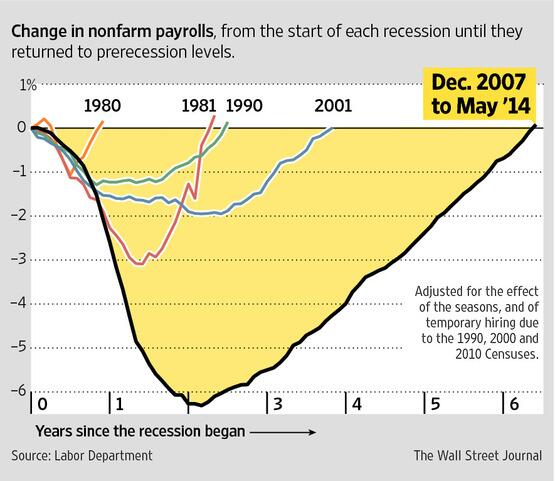Well, this is one hell of a World Cup so... the top 8 teams showed us all that they are ALL BEATABLE. If you are betting, stop betting on teams, bet on BIG/SMALL goals per match, go BIG ... must be something about the pitch and new ball. The new ball when struck do not fly all over the place, it can turn but more importantly it keeps flying low, my theory for all the goals. How to beat Argentina, just attack directly down the middle. Nobody else on Aregentina can score besides Messi, just mark the shot out of him. Brazil is beatable, not invincible at all. Germany is solid. Belgium marching on though performance is still below par, important to find teams that do not peak too soon. Still rooting for Holland and Belgium. Cristiano Ronaldo's World Cup so far: 3 hairstyles Lionel Messi's World Cup so far: 4 goals.Suaraz
Cristiano Ronaldo's World Cup so far: 3 hairstyles Lionel Messi's World Cup so far: 4 goals.Suaraz is a
rich rich man when he helped create Apple's logo
...

Did you know that the current World Cup logo was modeled by Spanish supporters
... Luis Suarez has now been banned for 34 games since 2010, despite not receiving a single red card.Nicklas Bendtner showing boxers = £80,000 fine. Luis Suarez biting an opponent = £65,00 fine.
Luis Suarez has now been banned for 34 games since 2010, despite not receiving a single red card.Nicklas Bendtner showing boxers = £80,000 fine. Luis Suarez biting an opponent = £65,00 fine.







